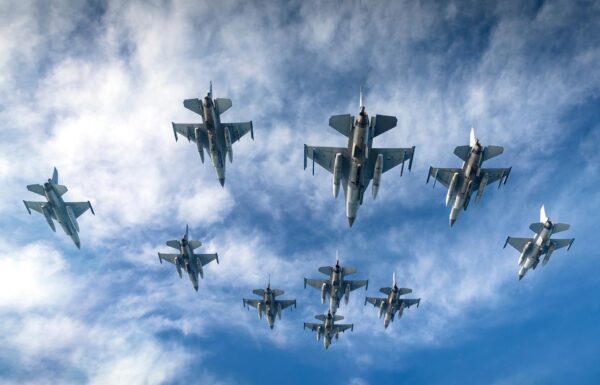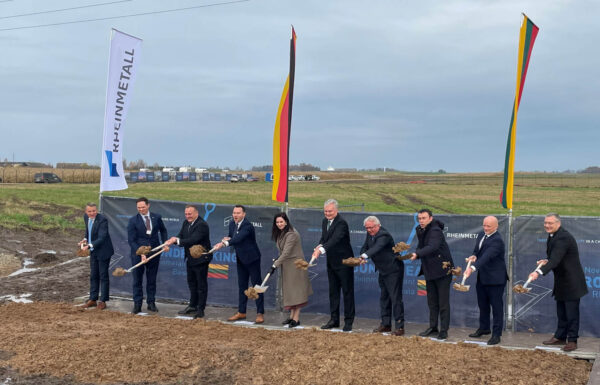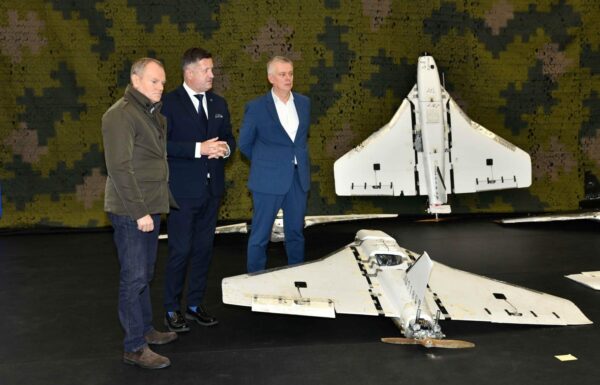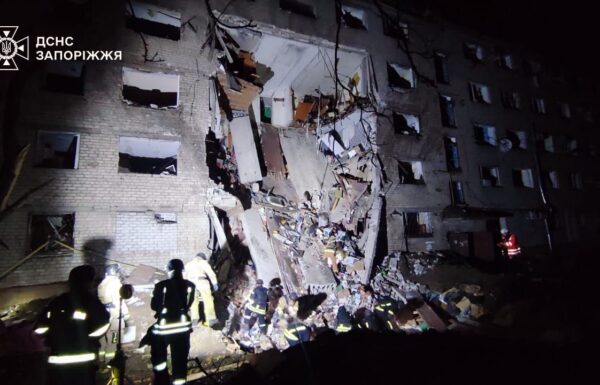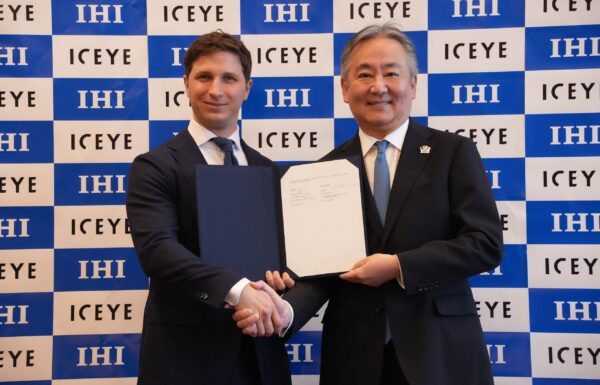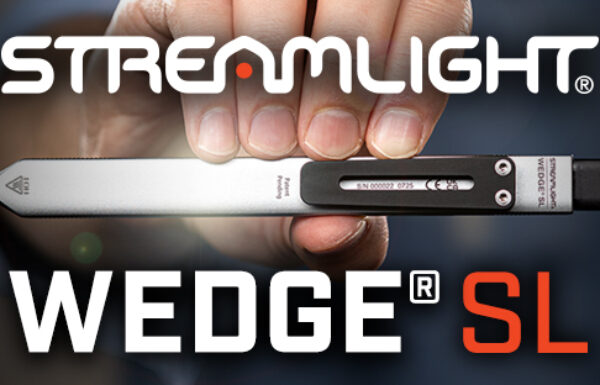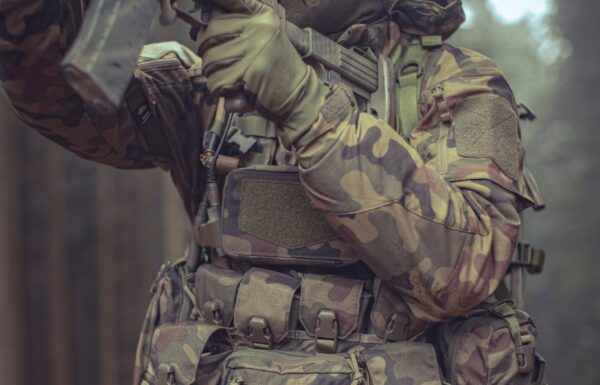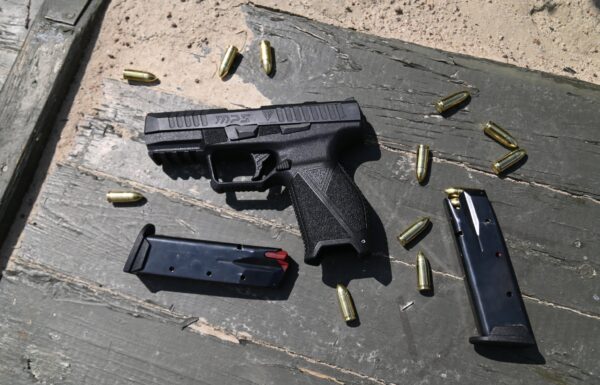On Monday, July 28, 2025, the U.S. Missile Defense Agency (MDA), on behalf of the U.S. Department of Defense, signed a contract worth 2,063,197,215 USD with Lockheed Martin Corporation Missiles and Fire Control of Dallas, Texas (a division of Lockheed Martin) for the continued production of interceptor missiles for the advanced Terminal High Altitude Area Defense (THAAD) missile defense system.
This is an amendment to the original base contract, increasing its total value from 8,353,586,643 USD to 10,416,783,858 USD. Under the fixed-price contract, the contractor will produce THAAD system components. Work will be carried out in Dallas, Texas; Sunnyvale, California; Troy, Alabama; and Camden, Arkansas, with completion expected by December 1, 2029. Lockheed Martin’s offer was the only one submitted, as it is the sole manufacturer of the missiles. Funding comes from the U.S. Army’s defense budget allocations under the NDAA for fiscal years 2024 and 2025. Upon signing the amendment, the first funds in the amount of 284,917,283 USD were released.
It is worth recalling that on January 29 of this year, Lockheed Martin announced the delivery of the 900th serial THAAD interceptor to the MDA. However, according to recent reports, during the 12-day war between Israel and Iran, the United States, in support of Israel, launched over 150 interceptors—approximately 17% of all delivered missiles (according to CNN, as much as 25%). It should be noted that several missiles had previously been used in training exercises and during last year’s defense against Houthi attacks, when THAAD was used in combat by the U.S. Army for the first time. Last year, 11 interceptors were received, and 12 more are expected this year under a prior amendment.
The United States has also announced plans to increase the capacity of its MIM-104 Patriot system, expanding the number of battalions from 15 to 19 in a 25% increase.
The U.S. Army now operates eight THAAD batteries, following the delivery of components for the latest one on June 18 of this year. Lockheed Martin has been the prime contractor for the THAAD system since 1987, playing a key role in its ongoing development, production, and integration into the U.S. Army under the supervision of the Missile Defense Agency (MDA). The first battery, A-4, was delivered and deployed by the Army in May 2008. Most recently, on February 6 of this year, Lockheed Martin signed a contract with MDA valued at up to 2.8 billion USD for further development of the THAAD system.
The launcher is integrated with the MRP-T (Missile Round Pallet – Transportable) transport platform, utilizing a Load Handling System (LHS) with a digital control unit. This system is similar to the one used in Palletized Load System (PLS) vehicles, based on the Oshkosh M1075 truck chassis.
THAAD uses hit-to-kill interceptor missiles designed to intercept targets in the lowest part of the exoatmosphere, at the beginning of the terminal phase of their trajectory. The missile is precisely guided toward aerodynamic targets by an infrared (IR) sensor based on indium antimonide (InSb) technology, operating in the 3μm to 5μm wavelength band, developed by BAE Systems. The IR sensor is housed in the Kill Vehicle (KV) under a shroud, which is jettisoned as the missile approaches the target. The stabilized sensor sends data to the Divert and Attitude Control System (DACS), developed by Pratt & Whitney Rocketdyne, to guide and maneuver the interceptor. On March 17, 2020, BAE Systems received a contract from Lockheed Martin to develop a next-generation IR sensor.
Outside the United States, the THAAD system has been adopted by the United Arab Emirates, where it was first used in combat during the night of January 16–17, 2022, and more recently, at the beginning of this month, by Saudi Arabia, where the first of seven planned batteries has been established. The U.S. has also offered the system to India and Oman, but without success.



